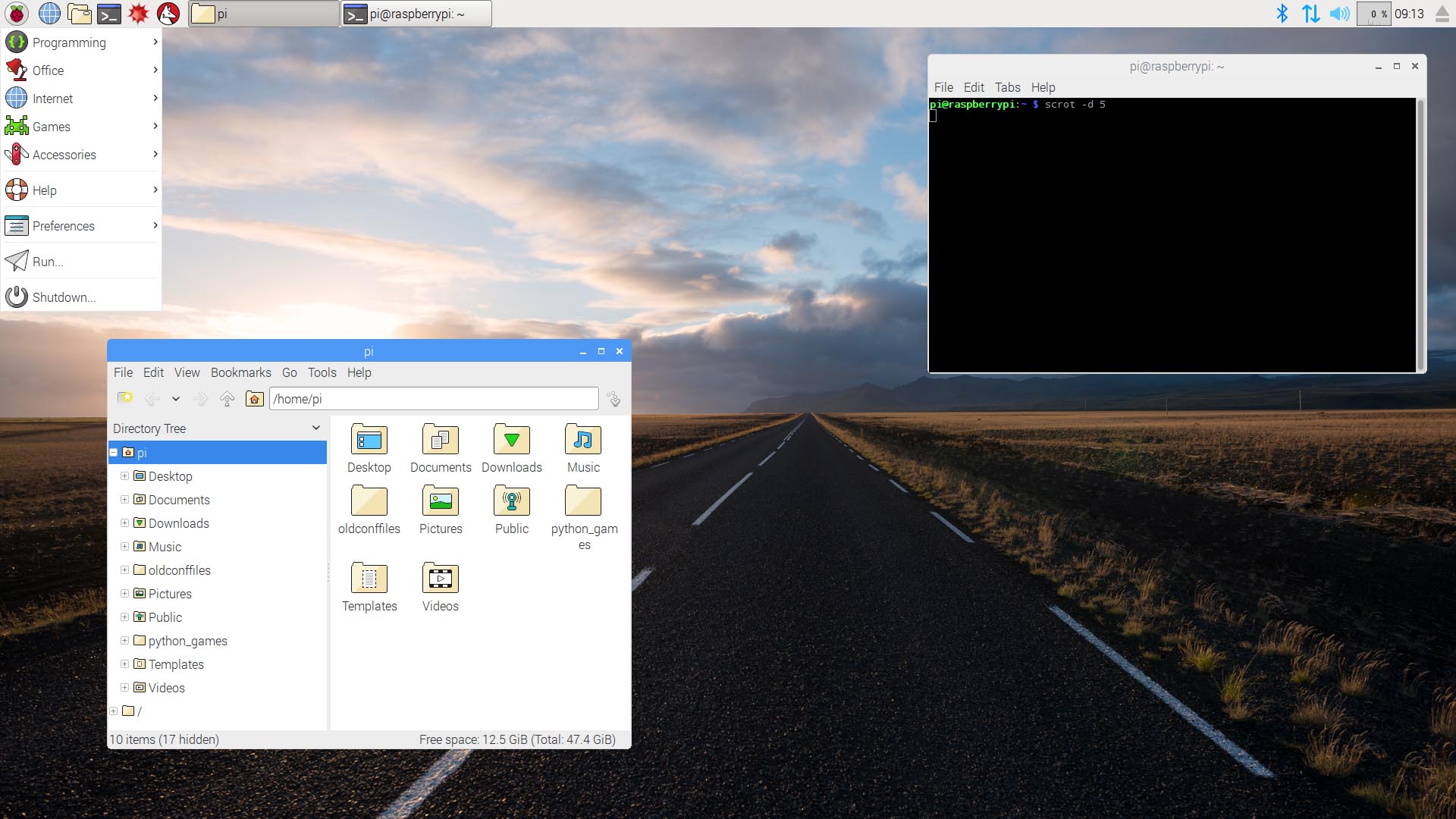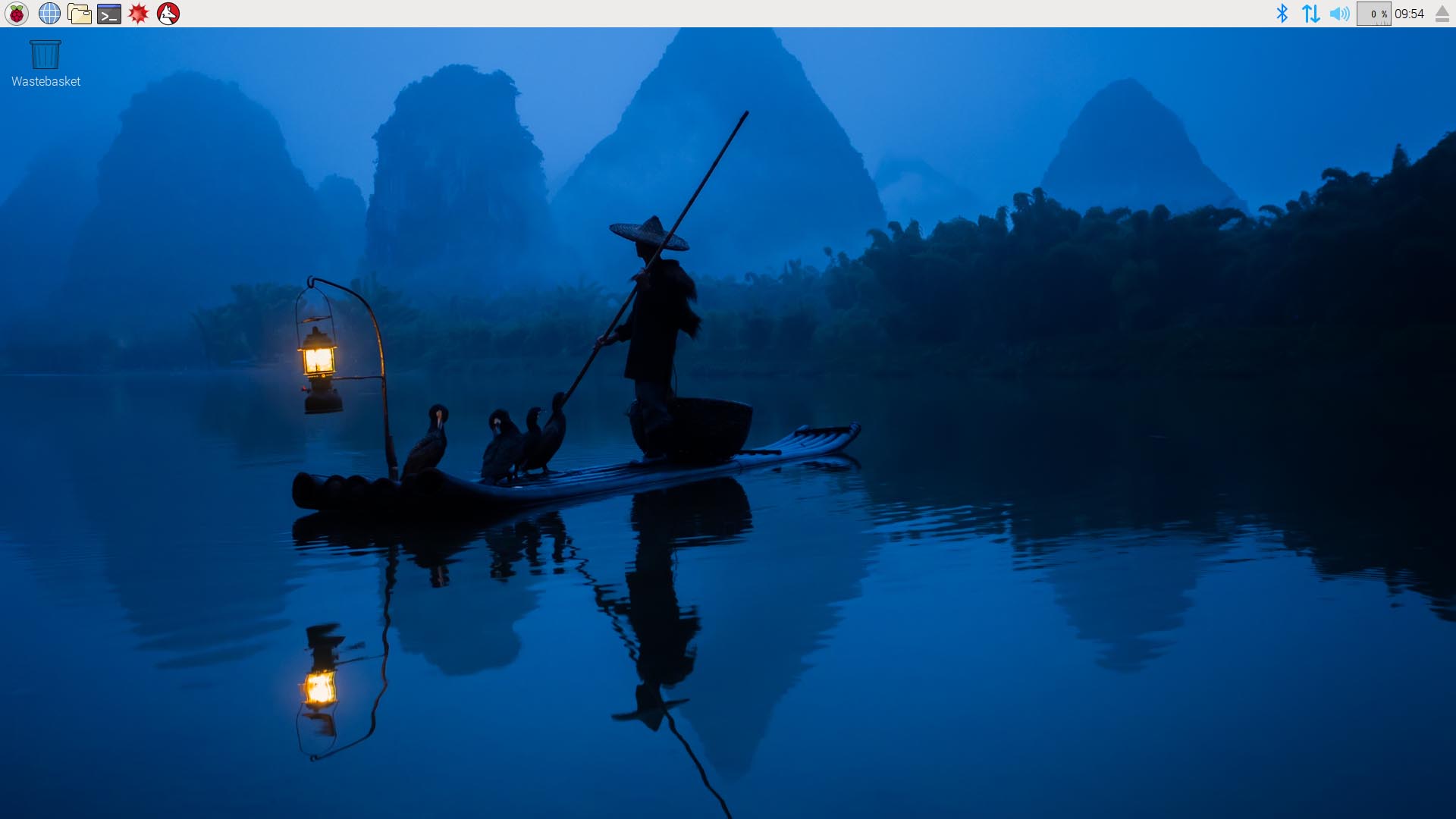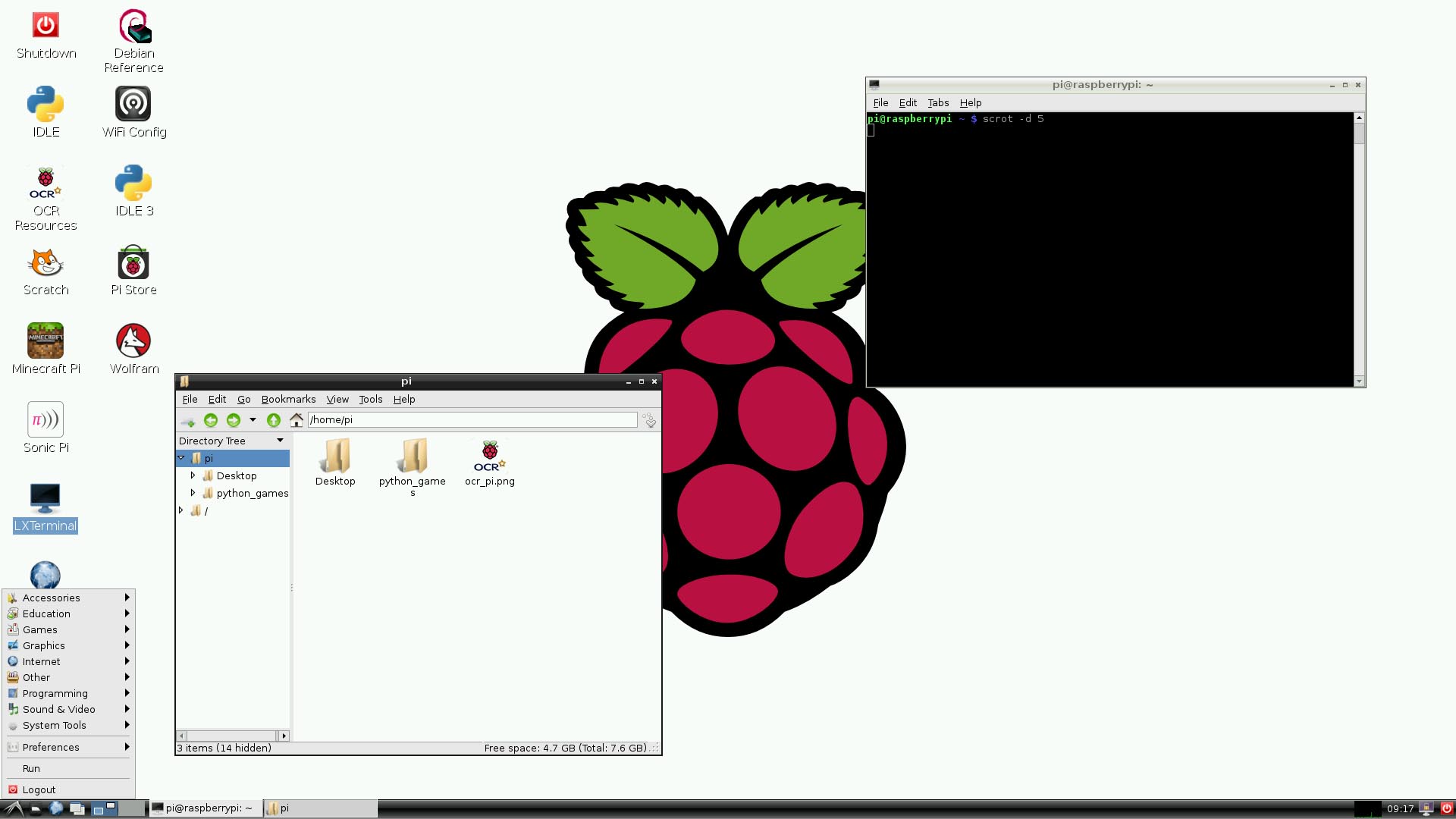
The Raspberry Pi Foundation has launched an updated version of Raspbian, a popular open-source operating system for the foundation’s various single-board computers.
Raspbian isn’t developed or affiliated with the Raspberry Pi team although it does serve as one of two operating systems the foundation officially supports (the other is Noobs, which stands for New Out Of the Box Software).
As UX engineer Simon Long explains, he met with Raspberry Pi founder Eben Upton a little over two years ago and was flat out asked if he thought he could make Raspbian better. Having very little experience with Linux or Xwindows, Long hesitantly said he thought he could help.

Raspbian, for those not familiar, isn’t exactly the most aesthetically pleasing OS on the block. As such, the initial batch of changes consists almost entirely of visual tweaks. This is evident from the get-go as an elegant splash screen replaces most of the diagnostic messages during boot-up. Long notes that the splash screen was carefully coded as to not slow down the machine’s boot time.
Once at the desktop, you’ll find a vibrant background image – one of 16 sourced from the foundation’s own Greg Annandale. Other quick-hit changes include reworked taskbar, menu and file manager icons, revised temperature and voltage indicators, a new window frame design, the inclusion of the Infinality font rendering package, an updated login screen, options to disable Wi-Fi and Bluetooth plus a handful of new applications.

The new image, dubbed PIXEL (which stands for Pi Improved Xwindows Environment, Lightweight), is available to download free of charge from the Raspberry Pi Foundation’s website. Long notes that the uncompressed image is more than 4GB in size meaning some older unzippers may not be able to decompress it properly. If that’s the case, you can simply use a program like 7-Zip on Windows or The Unarchiver on Mac to get the job done.
https://www.techspot.com/news/66511-raspberry-pi-most-popular-operating-system-gets-visual.html